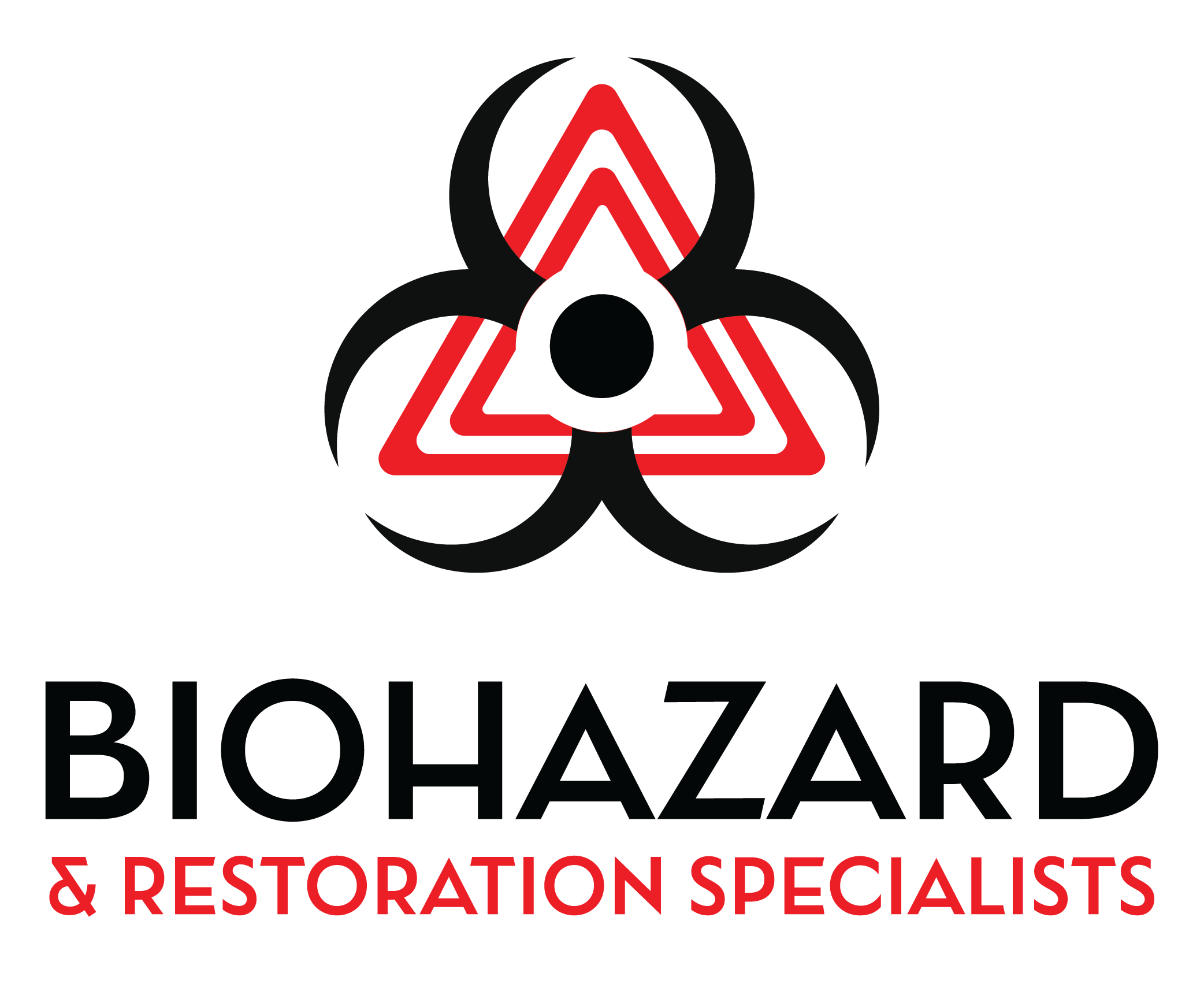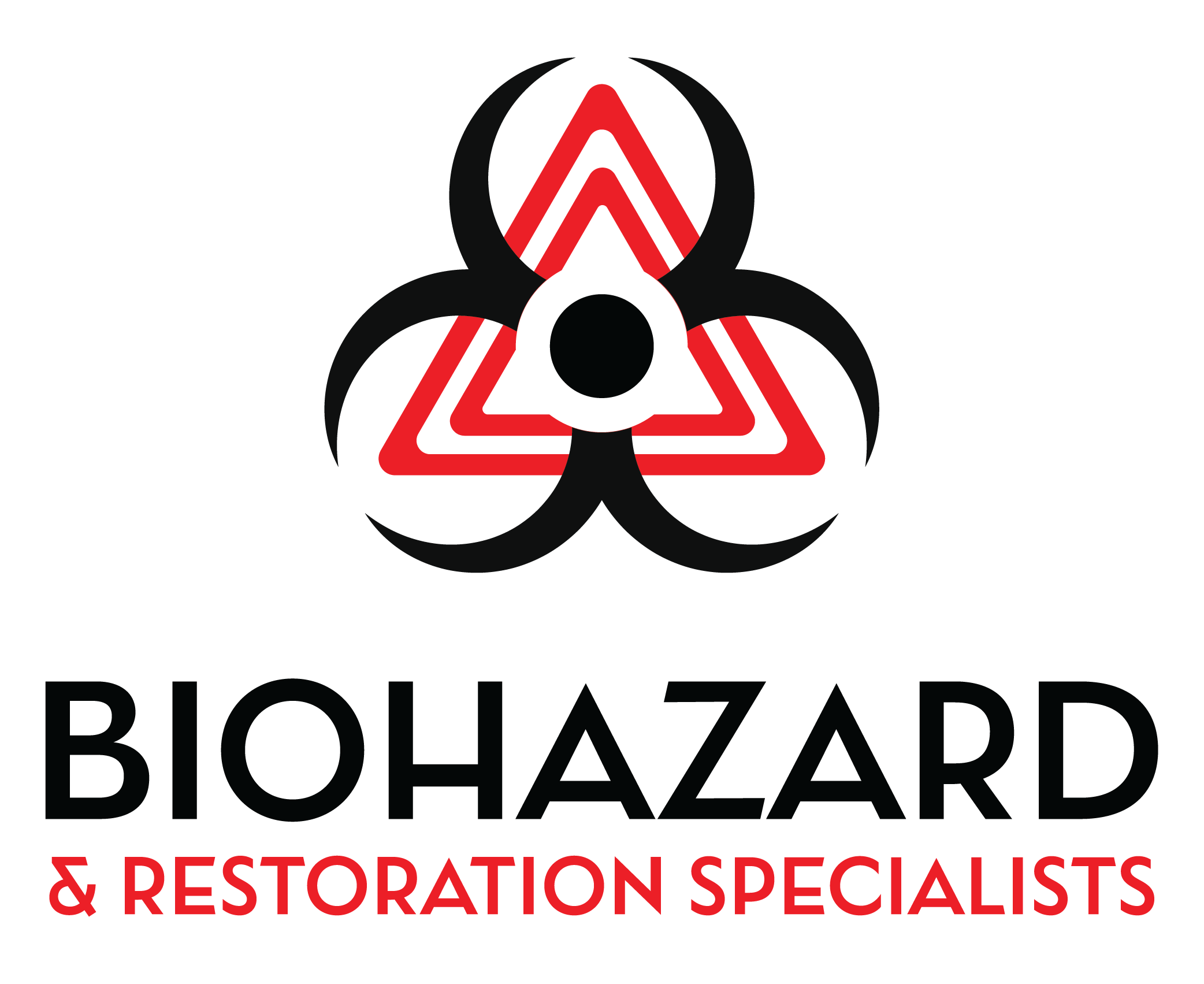When we think about the signs of wear and tear in our homes, discoloration often comes to mind as one of the most noticeable indicators. This phenomenon can manifest in various forms, from faded paint on the walls to unsightly stains on ceilings and floors. Discoloration can be caused by a multitude of factors, including exposure to sunlight, moisture, and even the natural aging process of materials.
As we observe these changes, it becomes clear that they are not merely cosmetic issues; they can also signal underlying problems that require our attention. In many cases, discoloration is a cry for help from our living spaces. For instance, a once-vibrant wall may fade due to prolonged exposure to sunlight, indicating that the protective coatings have worn away.
Similarly, water stains can appear on ceilings or walls, hinting at potential leaks or plumbing issues. As we navigate through our homes, it is essential to recognize these signs and take proactive measures to address them. Ignoring discoloration can lead to more significant problems down the line, including structural damage and decreased property value.
Key Takeaways
- Discoloration can be a sign of water damage and should be addressed promptly to prevent further issues.
- Sagging in walls or ceilings may indicate water damage and should be inspected by a professional.
- Peeling paint or wallpaper can be a result of water damage and should be repaired to prevent further deterioration.
- Mold or mildew growth is a clear indication of water damage and should be addressed immediately to prevent health issues.
- Musty odors can be a sign of hidden water damage and should be investigated to prevent further issues.
- Water stains on walls or ceilings are a clear indication of water damage and should be addressed promptly.
- Dripping or pooling water should be addressed immediately to prevent further damage and potential flooding.
Sagging
Causes of Sagging
The weight of furniture, appliances, or even accumulated water can contribute to sagging. This issue can lead us to question the integrity of our homes and prompt us to investigate further. As we examine the problem of sagging, we may discover that it’s not just a cosmetic concern but a symptom of more significant underlying problems.
Underlying Problems
For instance, sagging floors may indicate that the foundation is settling unevenly or that support beams are compromised. It’s crucial to address these underlying issues to prevent further damage and ensure the safety and stability of our living environment.
Seeking Professional Help
In such cases, it’s essential to consult with professionals who can assess the situation and recommend appropriate solutions. By addressing sagging promptly, we can prevent further damage and ensure the safety and stability of our homes.
Peeling paint or wallpaper
Peeling paint or wallpaper is often an eyesore that we encounter in many homes, and it serves as a clear indication that something is amiss. This issue can arise from various factors, including moisture intrusion, poor surface preparation, or simply the passage of time. As we peel back the layers of paint or wallpaper, we may uncover not only aesthetic concerns but also potential health hazards associated with mold growth or deteriorating materials.
The presence of peeling paint or wallpaper can also affect the overall ambiance of our living spaces. A room that once felt inviting may suddenly appear neglected and unkempt due to these unsightly patches. As we consider our options for remedying this situation, we must weigh the benefits of repainting or re-wallpapering against the need for thorough repairs to address any underlying issues.
By taking a comprehensive approach, we can restore both the beauty and integrity of our homes.
Mold or mildew growth
| Location | Percentage of Mold or Mildew Growth |
|---|---|
| Bathroom | 60% |
| Basement | 40% |
| Kitchen | 30% |
| Attic | 20% |
Mold and mildew growth are two of the most concerning issues we may encounter in our homes. These fungi thrive in damp environments and can pose serious health risks to us and our families. When we notice dark spots or fuzzy patches on walls, ceilings, or even furniture, it is essential to act quickly.
Mold not only damages our property but can also lead to respiratory problems and allergic reactions. As we confront mold or mildew growth, it is crucial to identify the source of moisture that is allowing these organisms to flourish. This could be due to leaks in plumbing, poor ventilation, or high humidity levels in certain areas of our homes.
Once we have pinpointed the cause, we must take immediate steps to remediate the issue. This may involve cleaning affected areas with appropriate solutions, improving ventilation, or even consulting professionals for extensive mold removal. By addressing mold growth promptly and effectively, we can safeguard our health and preserve the integrity of our living spaces.
Musty odor
A musty odor is often one of the first signs that something is amiss in our homes. This unpleasant smell typically indicates the presence of mold or mildew, which thrive in damp conditions. As we walk through our living spaces and catch a whiff of this odor, it serves as a reminder that we need to investigate further.
Ignoring a musty smell can lead to more significant issues down the line, including health risks and structural damage. To tackle a musty odor effectively, we must first identify its source. This could involve checking for hidden leaks in plumbing or inspecting areas prone to moisture accumulation, such as basements and bathrooms.
Once we have located the source of the odor, we can take steps to eliminate it by improving ventilation, using dehumidifiers, or cleaning affected areas thoroughly.
Water stains
Water stains are another common issue that can arise in our homes, often serving as a visual cue that something is wrong beneath the surface. These stains typically appear as discolored patches on ceilings or walls and can result from leaks in plumbing or roofing systems. As we notice these unsightly marks, it is essential for us to take them seriously and investigate their origins.
Ignoring water stains can lead to more severe problems over time, including mold growth and structural damage. When we see these stains forming, it is crucial to act quickly by identifying the source of the leak and addressing it promptly. This may involve repairing damaged pipes or shingles and ensuring proper drainage around our homes.
By taking swift action against water stains, we can prevent further damage and maintain a safe and healthy living environment.
Dripping or pooling water
Dripping or pooling water is perhaps one of the most alarming signs that our homes may be facing significant issues. Whether it’s a leaky faucet in the kitchen or water pooling in the basement after heavy rain, these occurrences demand our immediate attention. Not only do they create an inconvenience in our daily lives, but they also pose risks for water damage and mold growth if left unaddressed.
As we encounter dripping or pooling water in our homes, it is essential for us to assess the situation carefully. We should start by identifying the source of the leak—whether it’s a faulty pipe, a damaged roof, or inadequate drainage systems outside. Once we’ve pinpointed the problem area, we can take appropriate action to rectify it.
This might involve calling in a plumber for repairs or making necessary adjustments to landscaping to ensure proper water flow away from our foundation. By addressing dripping or pooling water promptly, we can protect our homes from further damage and maintain a safe living environment for ourselves and our families. In conclusion, recognizing these signs—discoloration, sagging, peeling paint or wallpaper, mold or mildew growth, musty odors, water stains, and dripping or pooling water—can help us maintain the integrity of our homes.
By being proactive in addressing these issues as they arise, we not only enhance our living spaces but also safeguard our health and well-being. Our homes are more than just structures; they are reflections of who we are and how we live. Taking care of them ensures that they continue to provide comfort and safety for years to come.
If you notice signs of water damage on your ceiling, it is important to address the issue promptly to prevent further damage and potential mold growth. For more information on mold mitigation and the importance of addressing water damage promptly, check out this article on com/mold-mitigation/’>mold mitigation.
Mold can quickly develop in areas affected by water damage, posing health risks and requiring professional remediation services. Don’t wait until it’s too late – take action to address water damage and prevent mold growth in your home.
FAQs
What are the signs of water damage on a ceiling?
Some common signs of water damage on a ceiling include water stains, peeling paint or wallpaper, sagging or bulging areas, and the presence of mold or mildew.
What causes water damage on a ceiling?
Water damage on a ceiling can be caused by a variety of factors, including leaking roofs, burst pipes, condensation, and plumbing issues. It can also be the result of natural disasters such as floods or storms.
How can water damage on a ceiling be repaired?
Repairing water damage on a ceiling typically involves identifying and fixing the source of the water, drying out the affected area, and then repairing or replacing any damaged materials such as drywall or insulation. It may also involve addressing any mold or mildew that has developed.
Can water damage on a ceiling be a health hazard?
Yes, water damage on a ceiling can pose a health hazard, particularly if it leads to the growth of mold or mildew. These can release spores into the air, which can cause respiratory issues and other health problems, especially for those with allergies or asthma.
How can water damage on a ceiling be prevented?
To prevent water damage on a ceiling, it’s important to regularly inspect and maintain your roof, plumbing, and other potential sources of water leaks. It’s also important to address any signs of water damage promptly to prevent further issues.

